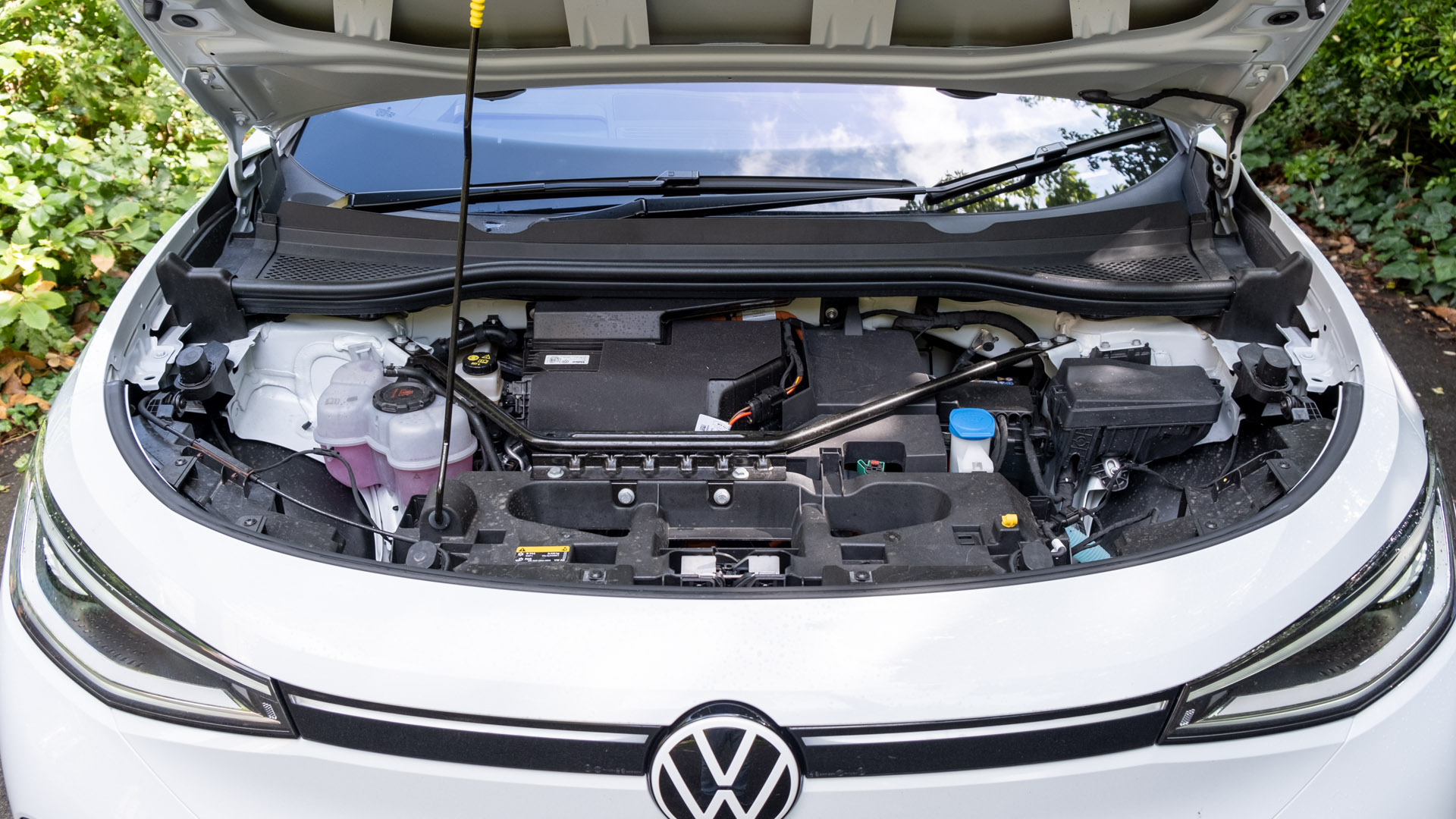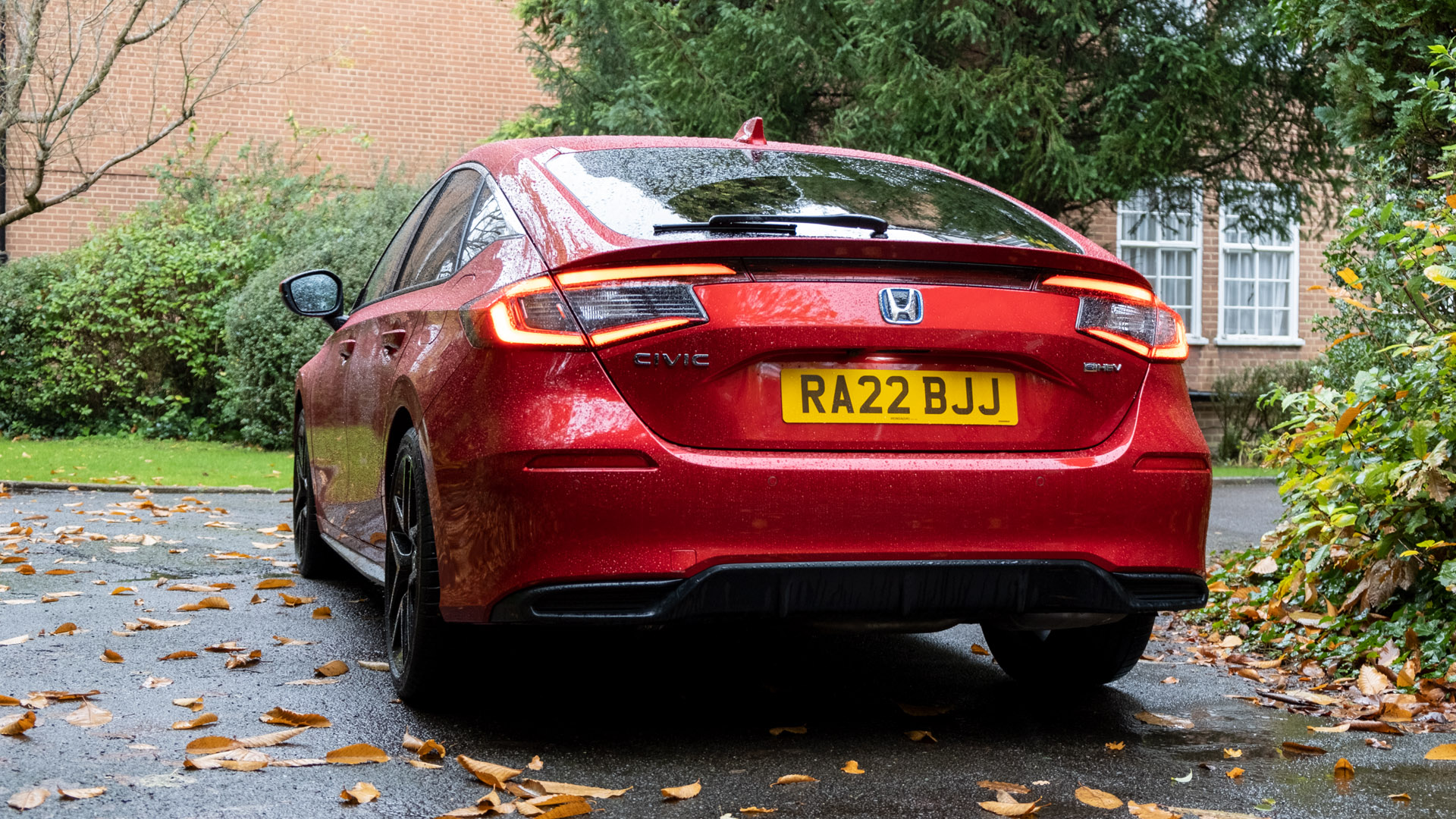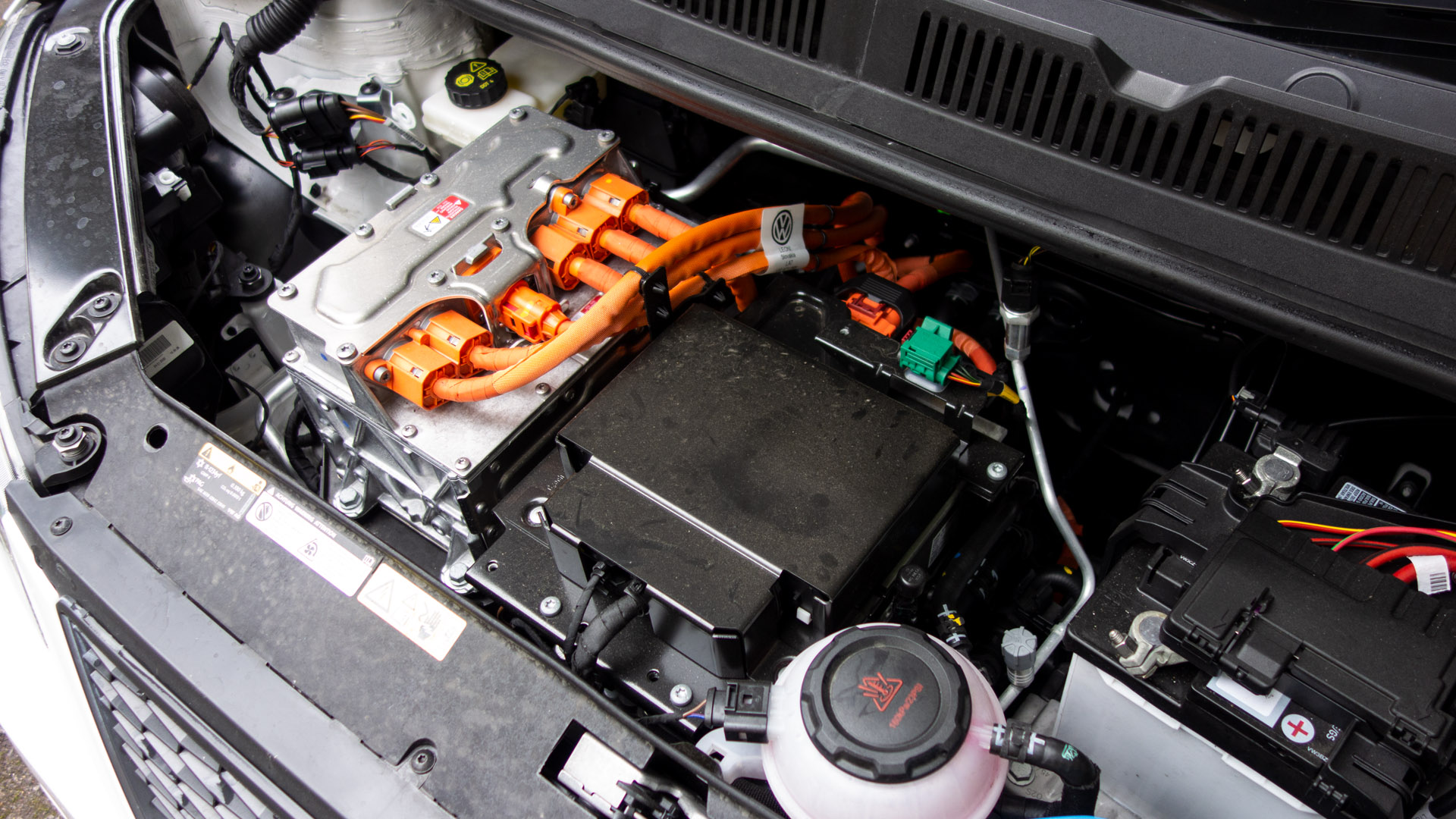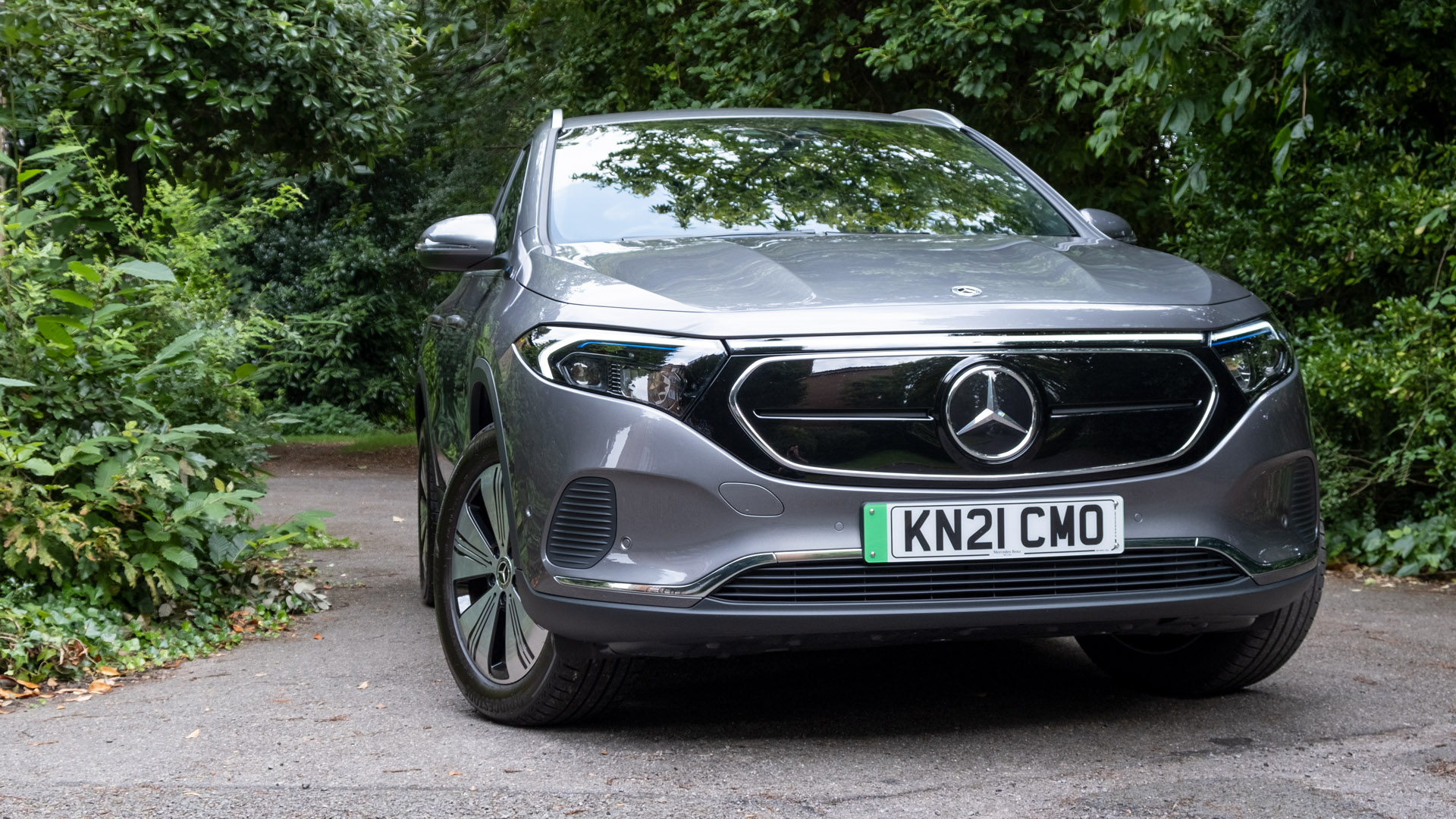As we look towards 2023, companies are yet another year closer to D-Day for reaching global net-zero targets. The pressure is on if we are going to protect our planet for future generations.
As a result, businesses and consumers are now looking for new ways to live sustainably and reduce their impact on the environment, but also to ensure a better future for communities, and create a positive social impact. Organisations must take extra steps towards achieving goals, not only environmentally but by practising responsible governance, protecting human rights and promoting diversity and inclusion. With this in mind, we’re also seeing emerging trends and innovations that could catapult us all towards a greener tomorrow.
From smart home technology to affordable electric vehicles, to digital tree-planting initiatives, global research & development teams are hard at work crafting products and processes that help consumers make more sustainable and socially beneficial choices. We all need to do our part in the fight for a better, more environmentally focused future and come to terms with the need to adapt our everyday lives to achieve our goals. It’s not just up to governments and big businesses – if we all work together a net-zero future might be closer than we think. After all, if living with the COVID-19 pandemic has taught us anything over the past two years, it’s that individual sacrifices and scientific advancements can combine to make a world-changing difference. So, let’s take a closer look at the biggest trends ahead.
Read next: Tesla Model 3 review: Should you buy into the hype?
Forests fight climate change and create a positive social impact
A typical tree absorbs around 25kg of CO₂ a year while producing 177kg of oxygen in exchange. As a result, governments around the world are now making tree-planting initiatives a central pillar of their net-zero targets, while the EU aims to plant over three billion additional trees over the next eight years.
The heatwave across Europe in the summer of 2022 caused desertification across countless countries, so by pledging to plant more trees we will be able to not only slow down the rise of global temperatures, but also offer socio-economic benefits for local communities all over the world. This is what we mean by a positive social impact. Trees don’t only reduce carbon emissions, but offer opportunities in terms of food security, trade, jobs and education.
These social projects offer us all a chance to make a difference—whether through corporate planting programmes or paying for a tree to be planted on our behalf.
Buy a car phone mount on Amazon (Affiliate)
Electric and hybrid vehicles rule the road
Even in a market hit by COVID and semiconductor chip shortages, electric and hybrid vehicles enjoyed a record year, with combined global sales topping 6.4 million. This new popularity may be in part down to preparations for government bans on the sale of new petrol and diesel cars. But the benefits of EVs aren’t restricted to their reduced emissions.
Thanks to higher engine efficiency, the cost-per-mile to power an EV is often lower than fossil-fuelled equivalents. Modern EVs are also usually cheaper to maintain, offer convenient home charging stations, and can even outperform petrol cars in acceleration and torque. And with government purchase incentives, such as grants of up to €5000 available in the EU and zero congestion charges for driving in central London, it’s no surprise that European EV sales are set to overtake petrol-powered equivalents by 2025. Consumers are realising that by investing in an EV or hybrid car, they are able to positively impact the environment by adopting low-carbon solutions as part of their everyday lives.
Read next: Citroen C5 X review: Hybrid perfection?
Shifts in vehicle fluid technology
While consumers know they must become more sustainable and take part in changing their everyday habits to be more sustainably minded, the focus is still on businesses to set an example and offer them the greener products and services that make sustainability all the more possible.
Sustainability needs to happen from the inside out. Take the new rise of EVs in EMEA. Whilst emitting less carbon, these vehicles still demand fluid solutions that offer superior control over friction, wear, and thermal management, and maximise performance and efficiency. New, planet-friendly EV fluid solutions such as the PETRONAS iona range of e-fluids, help support motorists to accelerate their journey towards a greener future by ensuring they are doing their part for the environment from what goes into their vehicle, to what comes out.
It’s not just about the product itself either – it’s about the packaging and supply chain too. How can we use less plastic and more recyclable material? Businesses need to constantly innovate and develop.
Read next: Best EVs: Our favourite electric cars and SUVs
Greener research & development
Dedicated internal development helps brands to transform their sustainability, right across the supply chain. Investment must be made into R&D to continue to innovate and find better ways of doing things, from the top down.
Businesses must direct large percentages of research and technology (R&T) investments towards products that’ll reduce customer emissions and improve vehicle longevity, supporting wider net-zero goals.
Lubricant companies should invest heavily in the exploration of EV dielectric fluids. EV engines operate differently from traditional ones, so by dedicating a specialist team and extra resources to their specific needs, organisations will be able to understand how to optimise their performance. This will also allow teams to collaborate with automotive companies, sharing findings to help manufacturers create advanced, greener vehicles.
Read next: The best dash cams to mount inside your vehicle
More sustainable working practices must also play a vital role. Companies at the forefront of such work have redesigned mechanical benches to recover the energy they produce during testing processes, rather than dissipating it as wasted heat. This energy is then re-circulated to power the rest of the centre, while any surplus is sent to a local electricity supplier.
These types of innovations help businesses in all industries to transform their efficiency, inside and out. Ultimately, the world still has a long sustainability journey ahead. But by redeploying technical skills to research greener products and positive, responsible practices, we can make a worthwhile, lasting contribution to the protection of our planet and our people.
Which EV trends do you think will materialise? Let us know in the comments section below or via social media; we’re on: YouTube, Instagram, Facebook, Twitter and LinkedIn.









